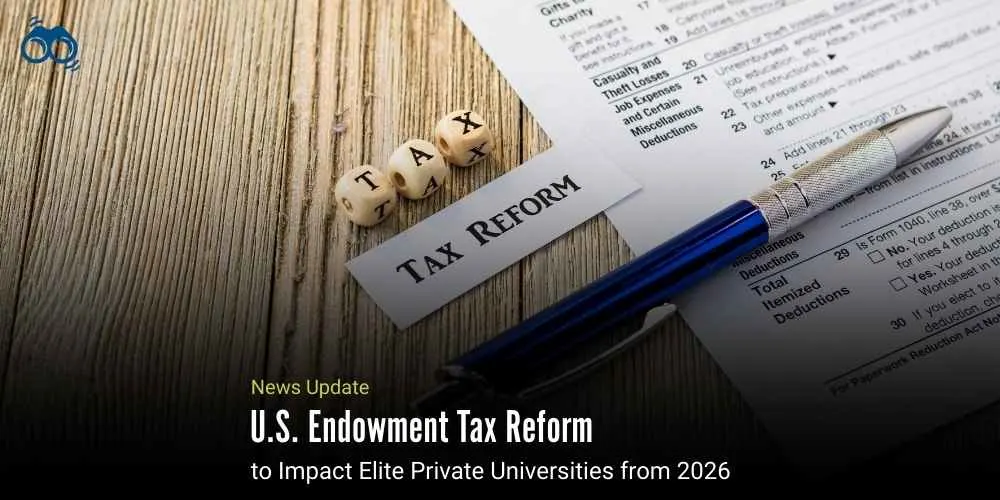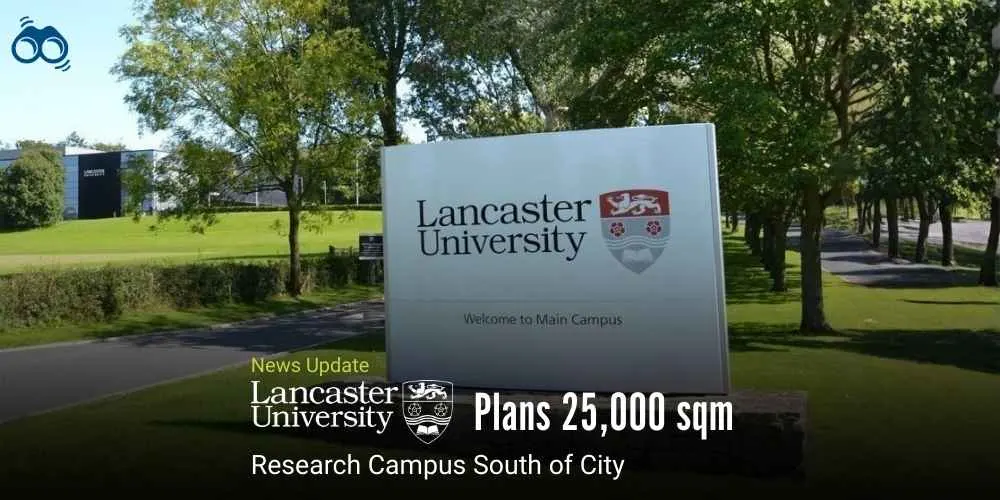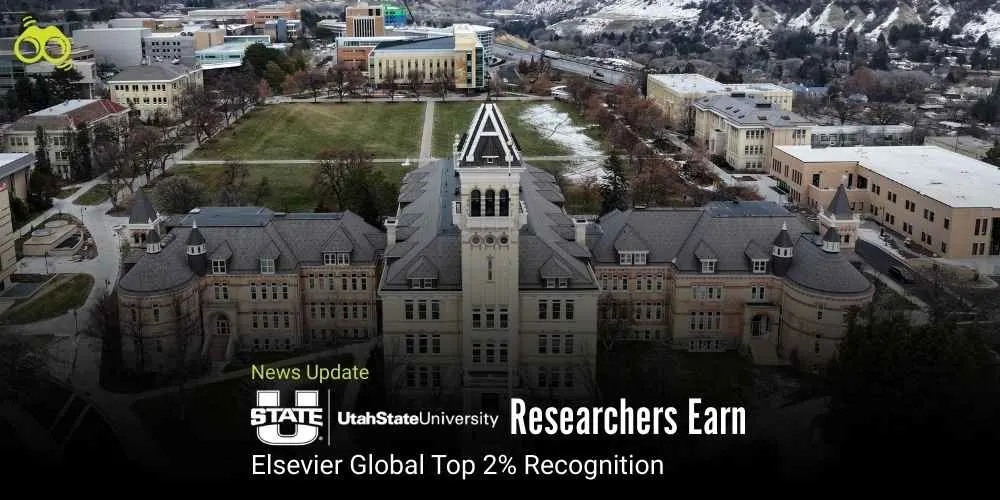New U.S. Tax Law Threatens Financial Aid and Research at Top Private Universities
Federal Tax Overhaul Targets Wealthiest Private Universities in New Tiered System
A major change in federal tax policy is set to impact America’s top private universities from 2026. This reform, first introduced during President Donald Trump’s administration as part of a wider spending bill, creates a tiered tax system targeting the endowments of the richest higher education institutions. Previously, a 1.4% excise tax applied to investment income at private colleges with large endowments. Under the new law, the tax rate will increase based on per-student assets: 8% for over $2 million, 4% for $750,000 to $2 million, and 1.4% for $500,000 to $750,000. The policy also raises the eligibility threshold, applying only to private institutions with at least 3,000 students, compared to the earlier limit of 500.
As a result, around a dozen elite universities will be affected. Harvard, Yale, Stanford, Princeton, and MIT fall into the highest tax bracket. Others like Notre Dame, Dartmouth, Rice, and the University of Pennsylvania are placed in the 4% tier. Duke and Emory narrowly missed the cutoff but remained close. These endowments, built from donor contributions, are invested to support scholarships, faculty salaries, and research, with roughly 5% spent annually.
Although these universities are financially strong, the increased tax burden is expected to create budget pressures. Economist Phillip Levine noted that institutions facing the highest tax rates often provide the most support to lower- and middle-income students. For example, Rice University anticipates an additional $6.4 million in taxes, equivalent to over 100 financial aid packages, and has pledged not to reduce student support.
Universities are already responding to the strain. Yale has announced a campus-wide hiring freeze due to a projected $280 million tax increase. Stanford plans to cut $140 million from its budget, including staff layoffs and continued hiring restrictions, while maintaining aid for undergraduates and doctoral students. Harvard, with a $53 billion endowment, faces further pressure from reduced federal research funding and policy changes that could cost up to $1 billion annually. While these institutions will likely remain globally competitive, the financial impact may reduce support for students and researchers, especially those from disadvantaged backgrounds.
Editor’s Note:
A major shift in U.S. federal tax policy will take effect in 2026, targeting the endowments of the wealthiest private universities. The reform introduces a tiered tax system, replacing the single 1.4% rate with higher rates based on endowment size per student. Only private institutions with at least 3,000 students will be subject to the levy. Elite universities such as Harvard, Yale, Stanford, Princeton, and MIT will face the highest rate of 8%. Others, including Notre Dame, Dartmouth, Rice, and the University of Pennsylvania, will fall into the 4% bracket. These endowments, largely built from donor contributions, provide critical funding for scholarships, faculty salaries, and research. Economists have warned that the increased tax burden could strain budgets, even at wealthy institutions, and may affect support for lower- and middle-income students. Some universities are already imposing hiring freezes and budget cuts in anticipation.
According to Skoobuzz, this policy represents a crucial juncture in the ongoing discussion about wealth concentration in higher education and the role of public policy in addressing it. While these institutions are anticipated to maintain their competitiveness, the changes could lead to a reduction in financial aid and research opportunities.














0 Comments (Please Login To Continue)